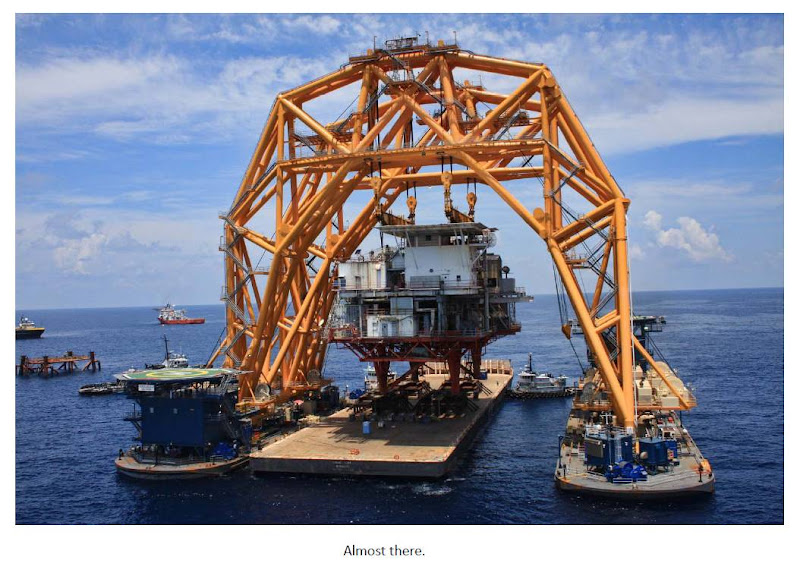








It is usually made of a clear container (often plastic or glass). Unless it is an aquarium, it does not need to withstand the pressure of water, so it can also be made out of wood or metal, with at least one transparent side. The new fashion in vivariums are those constructed from epoxy-coated plywood and fitted with sliding glass doors. Coating the inside of a plywood vivarium helps to retain the natural effect of the environment. Epoxy-coated plywood vivariums retain heat better than glass or plastic enclosures and are able to withstand high degrees of humidity. They may be cubical, spherical, cuboidal, or other shapes. The choice of materials depends on the desired size and weight of the entire ensemble, resistance to high humidity, the cost and the desired quality.
The floor of a vivarium must have sufficient surface area for the species living inside. The height can also be important for the larger plants, climbing plants, or for tree climbing animal species. The width must be big enough to create the sensation of depth, both for the pleasure of the spectator and the good of the species inside.
Most used substrates are: common soil, small pebbles, sand, peat, chips of various trees, wood mulch, vegetable fibres (of coconut for example), or a combination of them. The choice of the substrate depends on the needs of the plants (type of ground), or of the animals (need to dig galleries for example), moisture (resistance to mold, conservation of water), the risks involved (e.g. the risk of absorption by an animal) and aesthetic aspects. Sterile vivariums sometimes used to ensure high levels of hygiene (especially during quarantine periods), generally have very straightforward, easily removable substrates such as paper tissue, wood chips and even newspaper. Typically, a low-nutrient, high-drainage substrate is placed on top of a false bottom or layer of LECA or stones, which retains humidity without saturating the substrate surface.
Environmental controls
Lighting
A lighting system is necessary, always adapted to the requirements of the animal and plant species. For example, certain reptiles in their natural environment need to heat themselves by the sun, so various bulbs may be necessary to simulate this in a terrarium.
Also, certain plants or
diurnal animals need a source of
UV to help synthesize
Vitamin D and assimilate calcium. Such UV can be provided by specialized fluorescent tubes.
A day/night regulator might be needed to simulate with accuracy the alternation of light and dark periods. The duration of the simulated day and night depends on the conditions in the natural
habitat of the species and the season desired.
Temperature
The temperature can be a very important parameter for species that cannot adapt to other conditions than those found in their natural habitat.
Heating can be provided by several means, all of which are usually controlled by a thermostat:
- heating lamps or infrared lamps
- hot plates and heat mats, providing heat at the base or sides of a terrarium
- heating cords or heat mats placed beneath the substrate
- heat rocks
- more complex equipment generating or producing hot air to the inside of the vivarium
Similar to lighting, a decrease in temperature might be needed for the simulated night periods, thus keeping living species healthy. Such variation need to be coherent to those found in the natural habitats of the species. Thermo-control systems are often used to regulate light cycles and heating, as well as humidity (coupled to built-in misting or rain systems). Light-dependent resistors or photo-diodes connected to the lighting are frequently used to simulate daytime, evening and nighttime light cycles, as well as timers to switch lighting and heating on and off when necessary.
Humidity
Many plants and animals have quite limited tolerance to the variation of moisture.
The regulation of humidity can be done by several means:
- regular water pulverization
- water evaporation inside (from a basin, or circulation of water)
- automated pulverization systems and humidifiers
Ventilation and openings
Access inside the vivarium is required for the purpose of maintenance, to take care of the plants and animals, or for the addition and withdrawal of food. In the case of some animals, a frontal opening is preferable because accessing a vivarium from the top is associated by some species with the presence of predators and can therefore cause unnecessary stress.
Ventilation is not just important for circulating air, but also for preventing the growth of mold and development and spread of harmful bacteria. This is especially important in warm, humid vivariums. The traditional method consists of placing a suction fan (or ventilation slits) at a low level and another exhaust fan at a higher level, which allows the continual circulation of fresh air.




















































